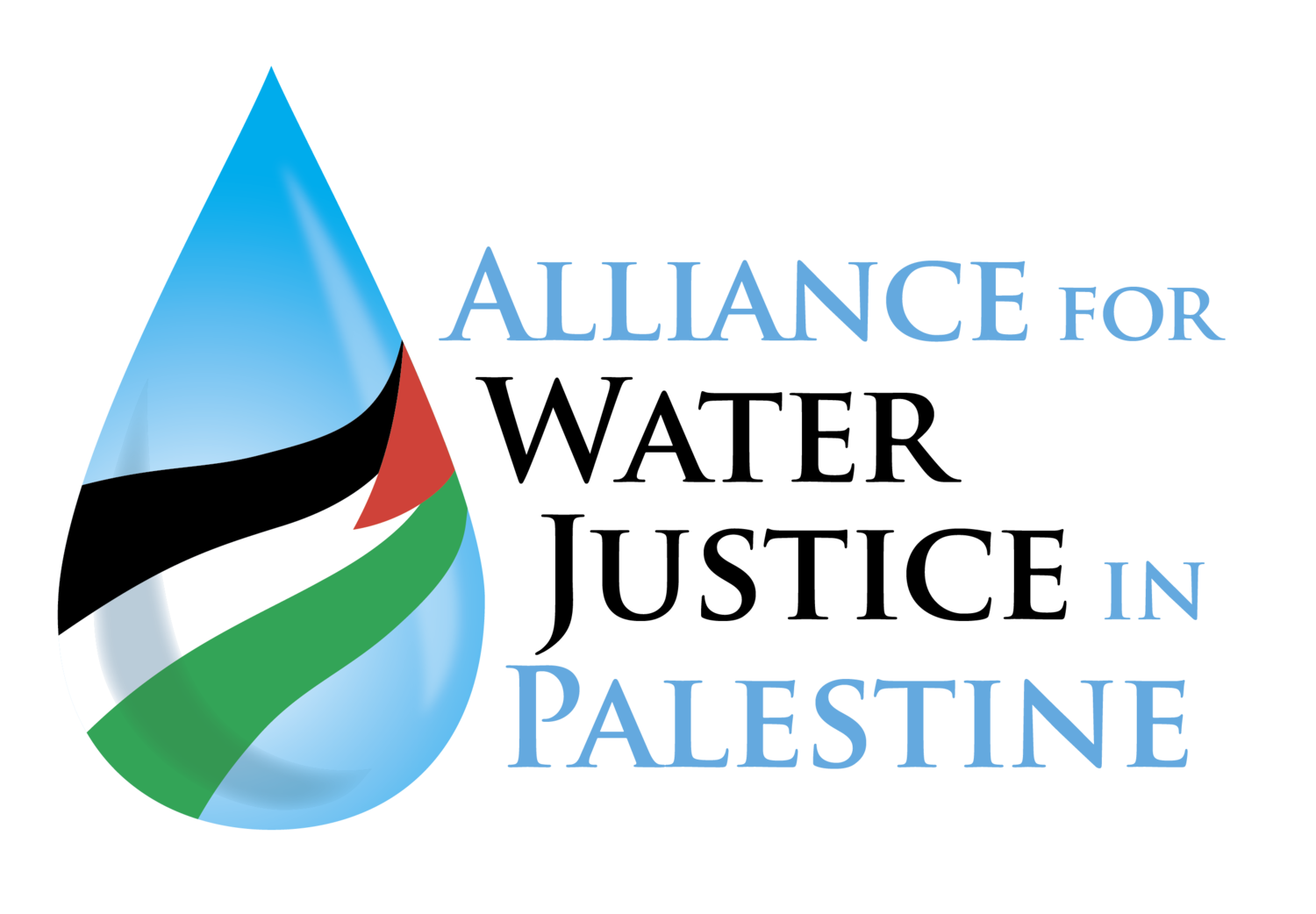Key points
Between the afternoons of 9 and 10 December, 297 Palestinians were killed, according to the Ministry of Health (MoH) in Gaza. Heavy Israeli bombardments from air, land, and sea across Gaza continued, along with intense ground operations and fighting between Israeli forces and Palestinian armed groups, especially in the eastern parts of Gaza city. The firing of rockets by Palestinian armed groups to Israel also continued.
On 9 and 10 December, multiple health facilities and personnel were attacked across the Gaza strip (see Health Care section for more details). Personnel attacked included Gaza’s MoH Director General of Pharmacy, alongside two other staff, who were shot and injured while trying to reach the MoH’s warehouses to provide medical supplies to Shifa and Al Ahli Hospitals and other health facilities in northern Gaza and Gaza city. Reportedly, an ambulance rushing to the scene was also hit.
On 9 December, a UN and Palestine Red Crescent Society (PRCS) convoy reached Al Ahli Arab hospital in Gaza city, where it delivered medical supplies and evacuated 19 critically injured patients. Led by the World Health Organization (WHO), this was the first mission to Gaza city since hostilities resumed on 1 December. The convoy was delayed by Israeli forces at a checkpoint in Wadi Gaza, where extensive screenings of vehicles, staff and patients were undertaken. One of the evacuated patients died during the trip southwards. One of the paramedics was detained for four hours, during which he was interrogated and reportedly beaten and intimidated. One of the ambulances and a UN truck carrying supplies were hit by gunfire as the convoy struggled to reach the hospital through debris-strewn streets. Humanitarian access to the area north of Wadi Gaza (hereafter: the north) remains severely constrained and hundreds of thousands of civilians are in dire need of urgent assistance.
On 9 and 10 December, in the north and Gaza city, Israeli forces reportedly detained hundreds of men and boys staying in public spaces, schools serving as shelters for internally displaced persons (IDPs) as well as private homes. Reportedly, detainees were stripped to their underwear, handcuffed, and ordered to sit on their knees in open areas, subjected to beatings, harassment, harsh weather, and denial of basic necessities. They were filmed and the images circulated over the media. According to the Israeli military, those suspected of affiliation with Hamas were transferred to Israel for interrogation, while others have been released.
Tens of thousands of IDPs, who have arrived in Rafah (in the south) since 3 December, continued facing extreme overcrowded and dire conditions both inside and outside shelters. They wait for hours in large crowds around aid distribution centres, in desperate need of food, water, shelter, health, and protection. In the absence of an adequate number of latrines, open-air defecation is widespread, increasing concerns of the spread of disease particularly during rains and related flooding.
The Rafah governorate remained the main area in Gaza where limited aid distributions are taking place. Aid distribution in the rest of the Gaza Strip has largely stopped over the past few days due to the intensity of hostilities and restrictions of movement along the main roads, except for limited fuel deliveries to key service providers, and the abovementioned convoy to al Ahli hospital.
On 10 December, as of 22:00, 100 trucks carrying humanitarian supplies entered from Egypt into Gaza, the same volume as in most days since the resumption of hostilities on 1 December. This is well below the daily average of 500 truckloads (including fuel) that entered every working day prior to 7 October. The ability of the UN to receive incoming aid has been significantly impaired over the past few days by several factors. These include a shortage of trucks within Gaza; telecommunications blackouts; and the increasing number of staff who were unable to travel to the Rafah crossing due to the intensity of hostilities.
On 9 and 10 December, a daily average of 150,000 litres of fuel entered from Egypt, up from a daily average of 67,000 litres in the previous three days. The increased amounts are the bare minimum needed to prevent the collapse of critical services, including hospitals and ambulances, water, and sanitation infrastructures, and IDP shelters. Additionally, on 10 December, nearly 45 tonnes of commercial cooking gas also entered from Egypt, the first such delivery since the resumption of hostilities.
On 10 December, 25 injured people and 468 dual nationals were evacuated from Gaza to Egypt. Since 7 October, a total of 430 wounded Palestinians and 530 medical cases have been evacuated.
On 10 December, which marked the 75th anniversary of the Universal Declaration of Human Rights, the Humanitarian Coordinator stated that “this crisis is not about the number of trucks going into Gaza. Israel has the obligation as the occupying power to ensure that sufficient hygiene and public health standards as well as the provision of food and medical care are available to the population under occupation.”
read the entire report: Hostilities in the Gaza Strip and Israel | Flash Update #65
Aid delivered to Al Ahli hospital on 9 December 2023 in a high-risk mission to northern Gaza, which has otherwise been off limits to humanitarian agencies. Active shelling and artillery fire was noticed nearby. In a statement for Human Rights Day, the Humanitarian Coordinator reiterated her call for safe access for aid deliveries into and throughout Gaza. Photo by WHO


